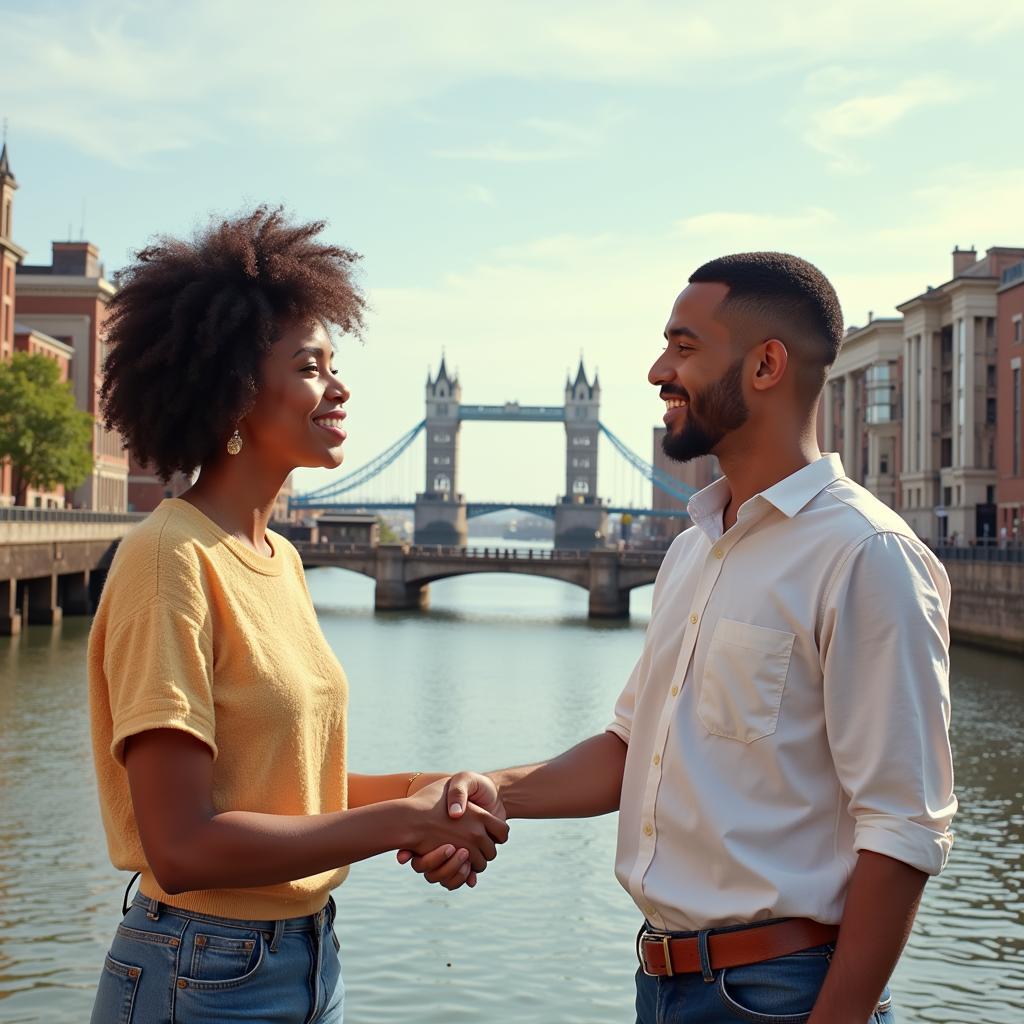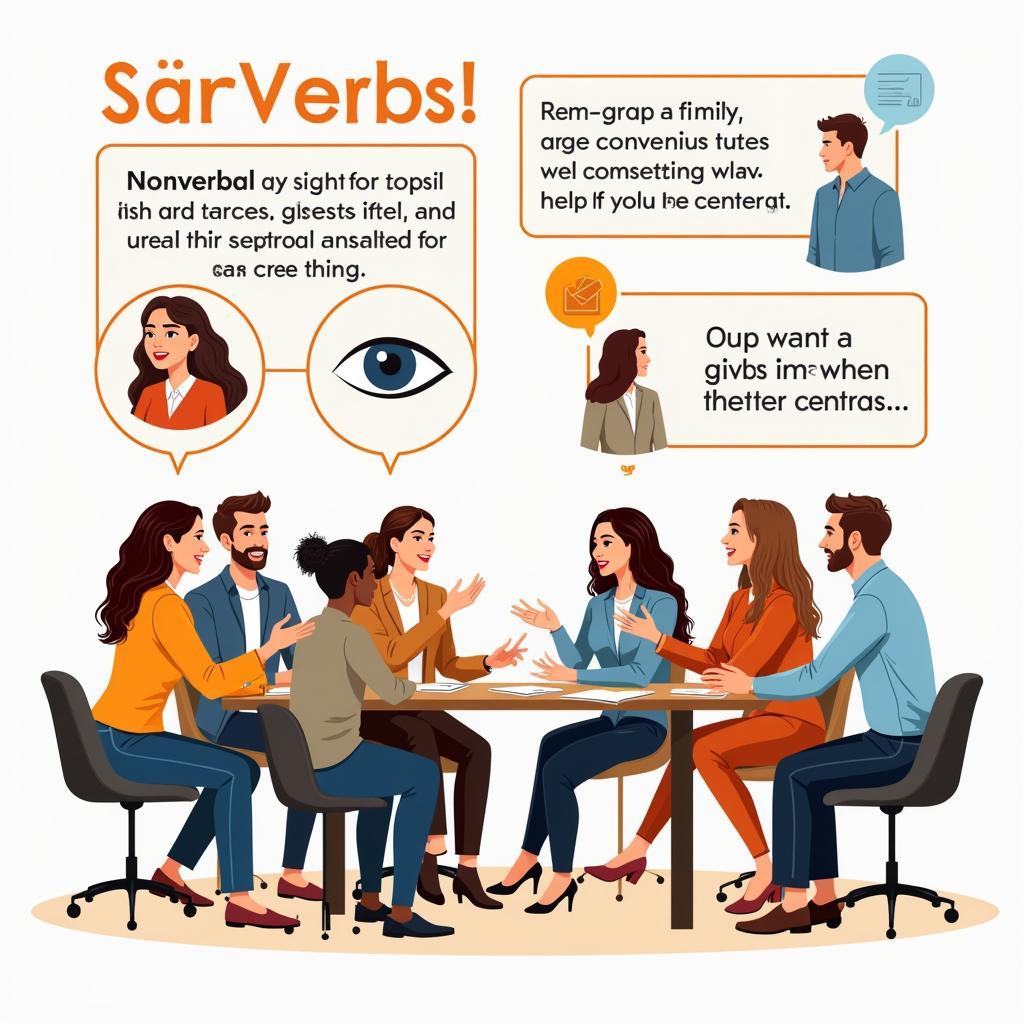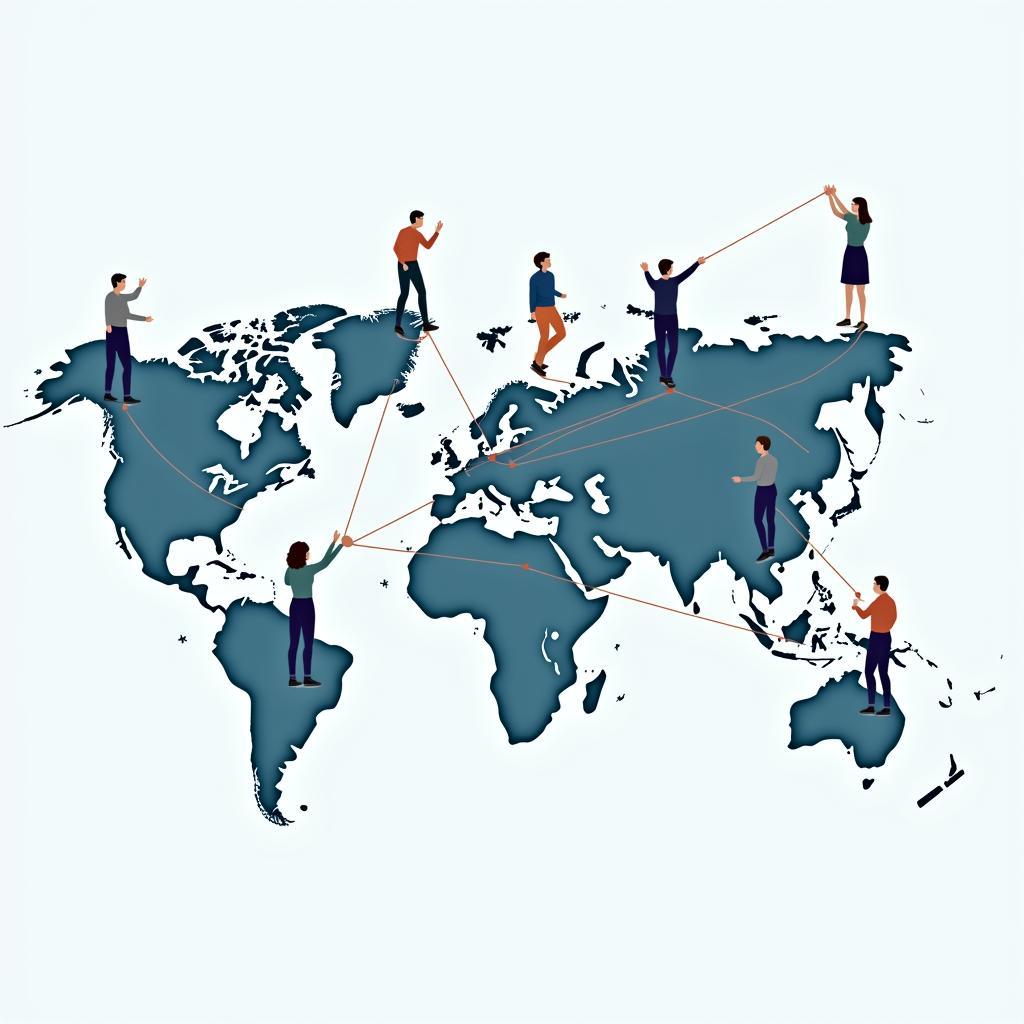Human Communication In Society is the bedrock of our shared existence. It shapes our relationships, builds communities, and drives societal progress. From the subtle nuances of nonverbal cues to the complex tapestry of language, communication is the thread that weaves together the fabric of our social world. This exploration delves into the multifaceted nature of human communication, examining its impact on individuals, groups, and the global community. We will explore how communication fosters understanding, resolves conflict, and ultimately, paves the way for a more peaceful and interconnected world.
The Power of Words: Shaping Perceptions and Inspiring Action
Words possess immense power. They can incite violence, sow division, or inspire hope and unity. How we use language, both spoken and written, profoundly impacts our understanding of the world and our relationships with others. Effective communication requires not only clarity and precision but also empathy and sensitivity to the diverse perspectives within our society. Think about the impact of a kind word on a stranger, or the devastating consequences of hate speech. The way we communicate can literally change lives.
For individuals seeking to improve their communication skills, resources like the Human Communication in Society 5th Edition offer valuable insights and practical strategies. Understanding the principles of effective communication can empower us to become more mindful and impactful communicators.
 Effective Communication Builds Bridges
Effective Communication Builds Bridges
Nonverbal Communication: The Unspoken Language of Connection
Beyond the spoken word, a rich tapestry of nonverbal cues plays a crucial role in human interaction. Body language, facial expressions, and tone of voice convey a wealth of information, often subconsciously. These subtle signals can either reinforce or contradict our verbal messages, adding layers of complexity to human communication in society. Mastering the art of interpreting and utilizing nonverbal cues is essential for building strong relationships and navigating social situations effectively.
Have you ever noticed how a simple smile can brighten someone’s day? Or how a furrowed brow can signal concern or disapproval? These nonverbal cues are universal, transcending language barriers and fostering connection across cultures.
 Nonverbal Cues in Cross-Cultural Communication
Nonverbal Cues in Cross-Cultural Communication
Understanding the nuances of human communication is critical for building a more peaceful and collaborative society. Resources such as the Human Communication in Society PDF can provide valuable tools and frameworks for navigating the complexities of interpersonal and intercultural communication. These resources can help us become more aware of our own communication styles and develop strategies for bridging cultural divides.
Building Bridges Across Cultures: Communication in a Globalized World
In our increasingly interconnected world, effective cross-cultural communication is more vital than ever. Understanding the subtle nuances of language, customs, and social norms can help us build bridges of understanding and respect across cultures. Miscommunication can lead to misunderstandings, conflict, and even violence. By embracing diversity and developing cultural sensitivity, we can foster a more peaceful and collaborative global community.
Are you interested in learning more about cultural exchange programs? Perhaps the High Step Society Tour could be an enriching experience, offering firsthand exposure to different cultures and communication styles.
 Cross-Cultural Communication Connecting the World
Cross-Cultural Communication Connecting the World
How Does Communication Impact Social Change?
Communication is the engine of social change. From the civil rights movement to the fight against climate change, effective communication has been instrumental in mobilizing individuals and communities to advocate for a better world. By sharing stories, raising awareness, and inspiring action, we can leverage the power of communication to create positive change within our societies. Think about the impact of social media in amplifying voices and driving social movements.
Groups like the Crystal Society and Alchemist Society often utilize effective communication strategies to advocate for their causes and build community support.
Conclusion: Embracing the Power of Human Communication in Society
Human communication in society is a powerful force that shapes our individual lives and the world around us. By cultivating empathy, embracing diversity, and honing our communication skills, we can build bridges of understanding and create a more peaceful and interconnected world. Let us strive to be mindful and impactful communicators, using our words and actions to foster positive change.
FAQ
- What is the role of active listening in effective communication?
- How can I improve my nonverbal communication skills?
- What are some common barriers to effective communication?
- How can I communicate effectively in a cross-cultural setting?
- What is the importance of feedback in the communication process?
- How can I use communication to build stronger relationships?
- What are some examples of effective communication in social movements?
Further Exploration
Consider exploring these other articles on our website for more information:
Need help with communication strategies for your organization? Contact us! Phone: 02043854663, Email: [email protected] or visit us at Block 34, Bac Giang, 260000, Vietnam. We have a 24/7 customer service team ready to assist you.